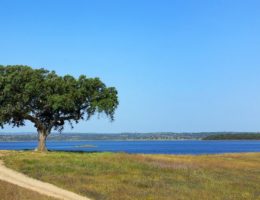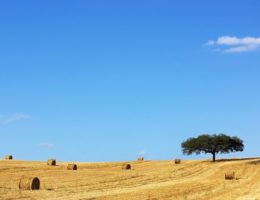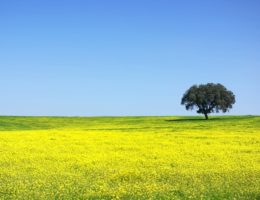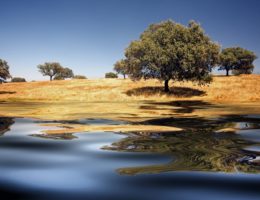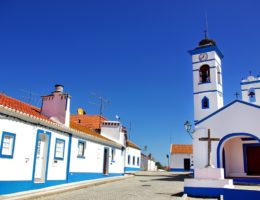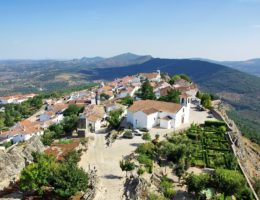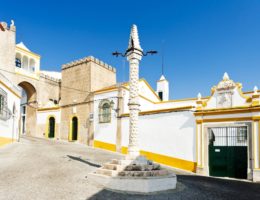
Travel One Portugal is a highly qualified travel incoming / dmc agency.
T. +351 291 707 280 Chamada para a rede fixa nacional
Email: portugal@travelone.pt
Location (click for map)
Lisbon . Madeira . Algarve
ALENTEJO
Land of good food and good wine, Alentejo expands beyond the Tagus River up to the Algarve hills in immense plains of cereal fields, cork oaks, olive groves and grapevines. The white houses of the cities and villages show the Arab influences, the gastronomy reveals the people’s ingeniousness when it came to take the best out of the little they had, and the ones who adventure into this region soon fall in love with a place where its heritage, landscape and tradition are protected with pride.
The region comprises three cities (Portalegre, Évora and Beja) and has a myriad of experiences to offer. In the seaside there are beautiful beaches still touched with wilderness and thus escaping the massification, being some of them famous, such as Sines, Vila Nova de Milfontes and Porto Covo. During the summer they are sought by many youngsters that do not miss the music festival of Zambujeira do Mar. It is also in this coast that are located the beaches of Amado and Arrifana, which are some of the best places for surfing and body boarding.
The interior of this region knows a more rural lifestyle where the “herdades” (rustic properties) produce wine, olive oil and cork and there are fields of sunflowers for oil production. These fields also have pasture for herds and all over Alentejo Black Iberian pig is bred, whose meat is commonly used in the typical food of this region. Some “herdades” are also dedicated to rural tourism, offering high quality lodging services that are really appealing to anyone looking for peace and quietness.
The Alentejo is one of the most important grape and wine producing regions in Portugal and there can be found several cellars and wines that figure amongst the most consumed by the Portuguese. Those are the wines that are served with wonderful dishes in Alentejo, such as the “migas” (dish usually made of bread) and soups, seasoned with olive oil and coriander. In these menus can also be found some of the finest convent confectionery, such as the “barrigas de freira”, “toucinho de noz”, “morgados” and “pão de rala” (all of them are convent sweets made mainly with sugar and eggs or almonds). Although the beaches are lovely and the “herdades” are calm and peaceful, the cities in Alentejo and the Guadiana River, which irrigates the region, cannot be forgotten. Évora and Elvas, the fortified city, are classified by UNESCO as a World Heritage Site, but are not the only places in Alentejo worthy of a visit. The village of Marvão, Monsaraz and, going south, Mértola, are living museums. Even Aldeia da Luz, rebuilt due to the Alqueva dam construction, should be visited. All of this without even speaking about the several Roman ruins, dolmens and menhirs scattered all over the region.





